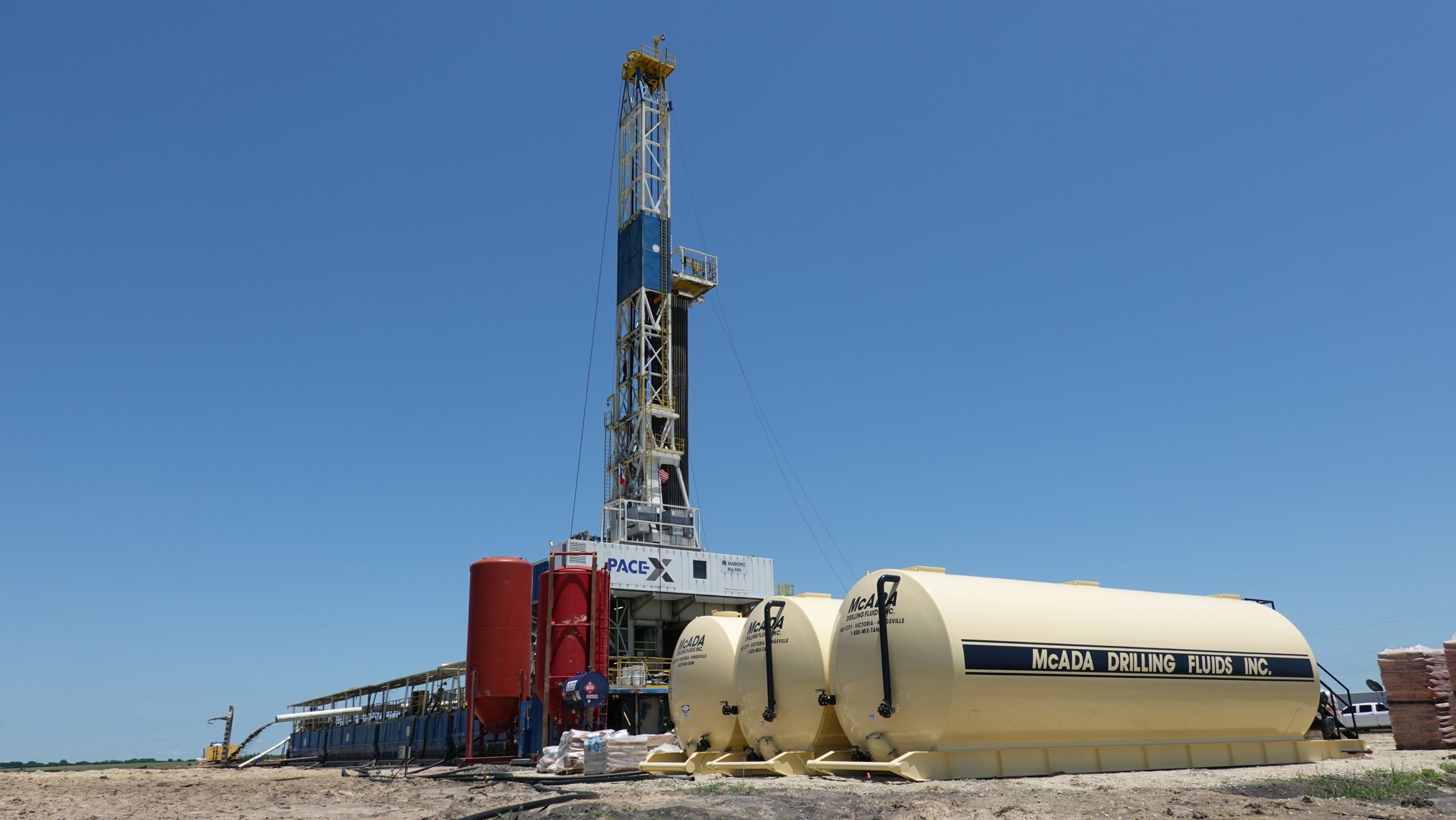
Now that tax season has ended, many oil and gas investors are taking time to evaluate how their strategies performed, especially when it comes to tax planning. For those who invested in direct participation programs, this year served as a strong reminder of how valuable energy-related tax incentives can be. Strategic deductions like Intangible Drilling Costs (IDCs), depletion allowances, and tangible asset depreciation played a key role in helping investors lower taxable income and boost overall returns. These benefits continue to set oil and gas investments apart, particularly for approved and qualified investors seeking both income potential and tax efficiency.
Intangible Drilling Costs: Immediate Tax Relief
Intangible Drilling Costs (IDCs) refer to the non-physical expenses involved in bringing a well into production. These include costs like labor, site preparation, fuel, chemicals, repairs, and supplies – everything needed to drill a well, except for equipment with resale value. Because these costs have no salvage value, they can be fully deducted, making them a key tax advantage in many oil and gas investment strategies.
IDCs typically account for 60% to 80% of a well’s total drilling expenses. The IRS allows investors to deduct 100% of these costs in the year they are incurred. For example, if a qualified investor puts $100,000 into a project and $70,000 is allocated to IDCs, that $70,000 can be deducted from their taxable income that year. For investors in higher tax brackets, this immediate deduction can offer significant savings, often reducing taxable income by tens of thousands of dollars in a single year.
This upfront tax benefit is one reason oil and gas investments remain attractive for approved and qualified investors. While all investments involve risk, the ability to deduct IDCs early can help improve after-tax returns and soften the impact of market volatility. It’s a strategy that supports domestic energy development while providing real, near-term value for those positioned to take advantage of it.
Depletion Allowance: Ongoing Tax Benefits
Once a well starts producing, investors can take advantage of the percentage depletion allowance – a valuable tax deduction that accounts for the natural reduction of a resource as it’s extracted. This method allows for a deduction of 15% of the gross income from the property, providing ongoing tax relief for the life of the well.
What makes this deduction especially beneficial is that it can be claimed even after the investor has fully recovered their initial investment. Unlike cost depletion, which is limited to the total amount invested, percentage depletion can be applied year after year, potentially resulting in deductions that exceed the initial investment amount.
That said, there are some limits to keep in mind:
- The deduction cannot exceed 100% of the net income from the property in any given year.
- Across all properties, total percentage depletion deductions cannot exceed 65% of the investor’s overall taxable income for the year.
For approved and qualified investors, this ongoing tax benefit can help lower taxable income and improve after-tax returns. It’s another reason why direct energy investments can be a smart addition to a well-diversified portfolio.
Contact DW Energy
Want to learn more about oil & gas investing? Our expert team can provide you with more information or schedule a consultation to talk about diversifying your investment portfolio.

Tangible Drilling Costs: Depreciation Over Time
In addition to the immediate deductions from Intangible Drilling Costs (IDCs) and ongoing depletion allowances, oil and gas investors can also benefit from deducting Tangible Drilling Costs (TDCs). These are the physical costs of drilling – things like casing, wellheads, and other equipment that have lasting value.
Unlike IDCs, which can be deducted all at once, TDCs are written off over time. Under the IRS’s Modified Accelerated Cost Recovery System (MACRS), these costs are usually depreciated over seven years. This allows investors to deduct a portion of the cost each year, helping reduce taxable income annually.
For instance, if $30,000 of your investment is allocated to tangible equipment, that amount can be depreciated gradually over seven years. This consistent, year-over-year deduction provides a steady tax benefit that adds to the overall efficiency of the investment.
While TDCs don’t offer the same immediate tax advantage as IDCs, they remain an important part of managing long-term tax exposure. Together, these tax incentives can make oil and gas investments more appealing to qualified investors seeking to enhance their after-tax returns.
Why Oil and Gas Remains a Tax-Advantaged Investment
Oil and gas investing continues to offer some of the best tax benefits available today. Direct participation provides deductions not available in other investments, allowing investors to offset ordinary income, not just passive gains. Many benefits, like depletion allowances, continue year after year, making oil and gas an attractive option for qualified investors.
Planning Ahead: Why Next Year Could Be Just as Strong
These tax advantages are expected to remain available and important. IDCs and depletion allowances continue to be recognized by tax authorities, and energy demand remains steady, supporting ongoing drilling and new projects. Investors who plan early can maximize deductions for next year, making oil and gas investments a strategic choice for tax planning.
Partnering with the Right Team Makes the Difference
Having an experienced group like DW Energy Group matters. We focus on choosing the right projects and helping investors understand and take full advantage of tax opportunities. By managing projects carefully, we aim to optimize long-term returns for our investors.
How Smart Tax Planning Helps Build Stronger Returns
The 2025 tax season showed how valuable smart tax strategies can be for oil and gas investors. By taking advantage of deductions like IDCs and depletion, many investors were able to lower their tax bills and keep more of what they earned. These benefits continue to make oil and gas an attractive option for qualified investors.
At DW Energy Group, we focus on finding and managing quality oil and gas opportunities. Our goal is to help qualified investors make the most of these advantages. See how our approach can help strengthen your portfolio.
Contact dw energy
Sources:
“Intangible Drilling Costs (IDC): Overview and Example,” Investopedia, https://www.investopedia.com/terms/i/intangible-drilling-costs.asp
“Depletion Allowance,” Britannica Money, https://www.britannica.com/money/depletion-allowance
“Percentage Depletion,” IPAA America’s Oil & Gas Producers, https://www.ipaa.org/wp-content/uploads/2016/12/2009-04-PercentageDepletion.pdf
“Oil: A Big Investment with Big Tax Breaks,” Investopedia, https://www.investopedia.com/articles/07/oil-tax-break.asp
“Guide to the MACRS Depreciation Method,” Chamber of Commerce, https://www.chamberofcommerce.org/guide-to-the-macrs-depreciation-method
